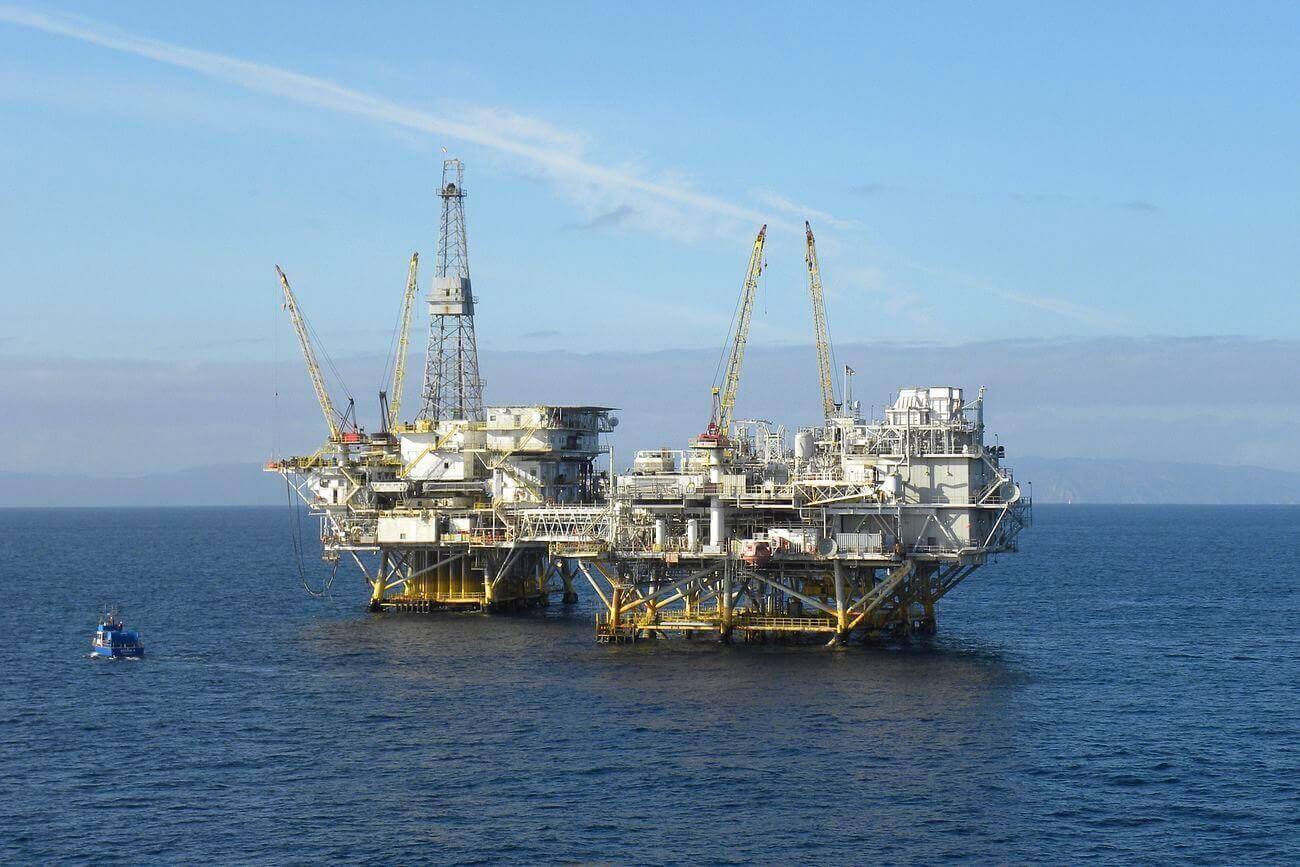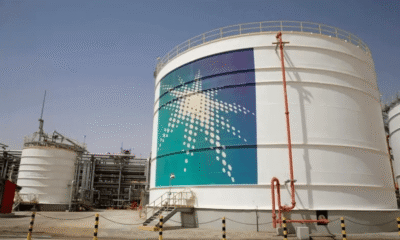The International Energy Agency (IEA), on April 15, revised its 2025 global oil demand growth forecast. It cited a weakening global economy and growing trade tensions as seriously affecting consumption.
In its monthly oil market report released on April 15, IEA cut its demand growth forecast by 300,000 barrels per day (bpd). Thus, the total global oil demand growth for 2025 is 730,000 bpd.
The IEA’s forecast came a day after OPEC released its global oil demand forecast on April 15. The Organization of the Petroleum Exporting Countries lowered its forecasts for oil demand for 2025 and 2026 to 1.30 million bpd and 1.28 million bpd, respectively.
The IEA foresees that this slowdown will continue into 2026. IEA expects oil demand to increase by just 690,000 bpd, one of the slowest growth rates in recent years.
| Metric |
2025 Forecast |
Notes |
| Global Oil Demand Growth |
730,000 barrels/day (bpd) |
Significant downgrade from earlier projections due to global economic slowdown and trade tensions. |
| Total Global Oil Demand |
103.9 million bpd |
Reflects the adjusted global oil demand growth estimate. |
| China’s Oil Demand Growth |
190,000 bpd |
Down from previous forecast, indicating a slowdown in China’s consumption growth. |
| Non-OPEC+ Supply Growth |
1.5 million bpd |
Led by increases in the United States, Canada, Brazil, and Guyana. |
| Projected Supply Surplus |
600,000 bpd |
Supply is expected to exceed demand, potentially leading to oil surplus. |
| Oil Price Range |
$65–$70 per barrel |
Prices have declined due to demand concerns and increased supply |
| Key Influencing Factors |
- Trade tensions and tariffs
- Economic slowdown in China
|
These factors contribute to the downward revision in global oil demand forecasts |
Oil Production in March
According to the IEA, oil production among nine key OPEC+ countries increased by 60,000 bpd in March.
Saudi Arabia’s production output slightly increased to 9.01 million bpd, just above its target of 8.96 million bpd. The Kingdom maintains the largest spare capacity in the group. Thus, it can raise output by more than 3 million bpd if necessary.
Other major producers, including the UAE, Kuwait, and Iraq, also exceeded their assigned quotas.
Iraq’s production in March was 4.32 million bpd, surpassing its target of 3.88 million bpd.
The UAE surpassed its ceiling by 350,000 bpd, while Kuwait overproduced by 100,000 bpd.
In contrast, Nigeria was the only OPEC member to fall short of its target. Its production in March averaged 1.4 million bpd, just below its quota of 1.5 million bpd. Its output fell due to ongoing operational and security challenges.
Global oil inventories rose by 21.9 million barrels in February, reaching 7.65 billion barrels.
With rising economic risks, volatile geopolitical circumstances, and uncertainty regarding production policies, the global oil market is expected to face a turbulent road ahead.
Key Factors that Influenced IEA’s 2025 Global Oil Demand Forecast Revision
The IEA cut its global oil demand growth forecast for 2025 due to rising trade tensions.
In its April “Oil Market Report,” the IEA lowered its 2025 demand forecast by 300,000 barrels per day. It now sees demand growing by just 730,000 b/d in 2025, as the “escalating trade tensions have negatively impacted the economic outlook.”
On April 2, President Trump announced far-reaching new tariffs on nearly all US trading partners—a 34% tax on imports from China and 20% on the European Union, among others.
The concern is that these tariffs will heighten fears of inflation, negatively impacting the global economy. As a result, IEA revised its global oil demand forecasts downward.
China, the world’s largest oil importer, is experiencing an economic slowdown. This is because of its trade war with the United States. Consequently, the IEA lowered its oil demand by 75,000 bpd to 155,000 bpd for 2025.
Impact on Oil Prices
President Trump’s tariffs declaration on April 2, a weaker US dollar, and an OPEC+ supply hike in May have led to a steep slump in global oil prices in recent weeks.
Brent crude oil futures closed below $68 per barrel on April 17 after trading well above $70/bbl at the start of April. After President Trump’s tariffs announcement, it even dipped below $60/bbl.




























Pingback: AfDB Cuts Africa’s 2025 Growth Forecast Amid Global Trade Tensions - Nigeria Oil Digest